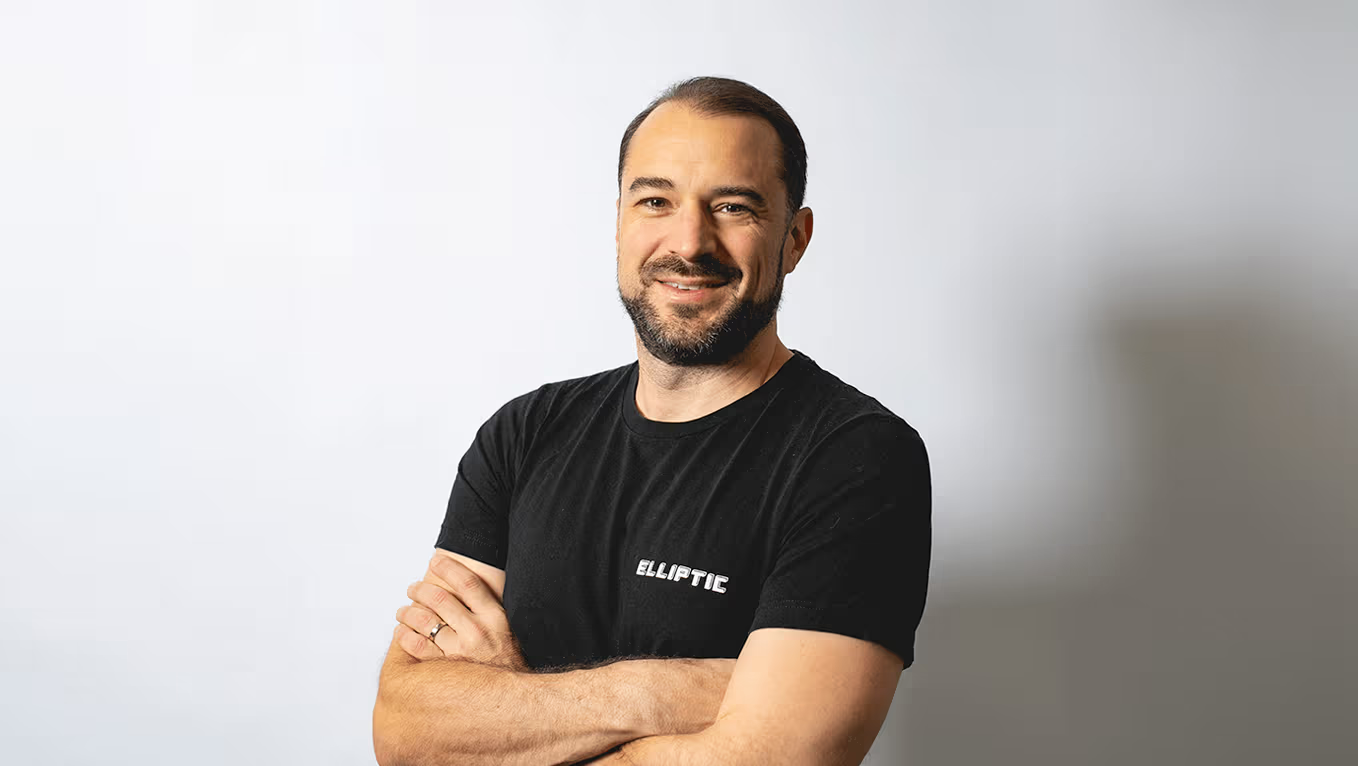Elliptic Finds One in Five Cross-Chain Cryptocurrency Investigations Involves More Than 10 Blockchains
Elliptic found that one in five cross-chain cryptocurrency investigations spans more than 10 blockchains
Moving assets between different chains is a common cloaking strategy used by criminals to hide their tracks, according to Elliptic CTO Jackson Hull.
Author: Cheyenne Ligon | Edited by: Nikhilesh De Updated: April 11, 2025, 3:27 PM Published: April 11, 2025, 2:21 PM

What is important to know:
- Cryptocurrency criminals are increasingly using multiple blockchain ecosystems to avoid detection, with 20% of investigations spanning over 10 blockchains.
- Elliptic data shows that one-third of complex cross-chain investigations involve four or more blockchains, highlighting a growing trend.
- Elliptic has expanded its coverage to support 50 blockchains, facilitating the tracking of funds across ecosystems and assisting law enforcement in actions such as the shutdown of Russian crypto exchange Garantex.
Crypto criminals are becoming increasingly creative in their attempts to avoid detection, moving their assets between different blockchain ecosystems to confuse investigators. According to new data from analytics firm Elliptic, 20% of complex cross-chain investigations involve more than 10 different blockchains.
Elliptic also found that one-third of complex cross-chain investigations involve four or more blockchains, and 27% involve more than five.
Jackson Hull, chief technology officer at Elliptic, told CoinDesk that while cross-chain crime has existed since the advent of multiple blockchains, the rate of such crime has increased significantly in the last five years as the costs of switching between ecosystems have decreased and the number of switching options has increased.
While there are many legitimate reasons why someone might want to move assets between crypto ecosystems, Hull noted that it is also a very common information-hiding tactic among hackers and other criminals looking to launder money and cover their tracks.
Hull noted that Elliptic recently expanded its coverage to support 50 blockchains, allowing investigators using Elliptic’s software to easily track funds moving between any of the covered blockchains or passing through any of the “more than 300” bridges supported by Elliptic’s software. He added that it only takes three weeks to add a new blockchain to the coverage.
“The most important, high-stakes, high-risk investigations are the ones where a [bad] actor is trying to launder, hide, or obfuscate funds so that they keep surfacing more and more through these blockchains,” Hull said. “That’s what’s driving this whole situation.”
Elliptic assisted U.S. law enforcement in the recent shutdown of sanctioned Russian crypto exchange Garantex, which was popular with ransomware gangs and Russian oligarchs seeking to evade sanctions. After the shutdown, the exchange attempted to change its name to Grinex.



